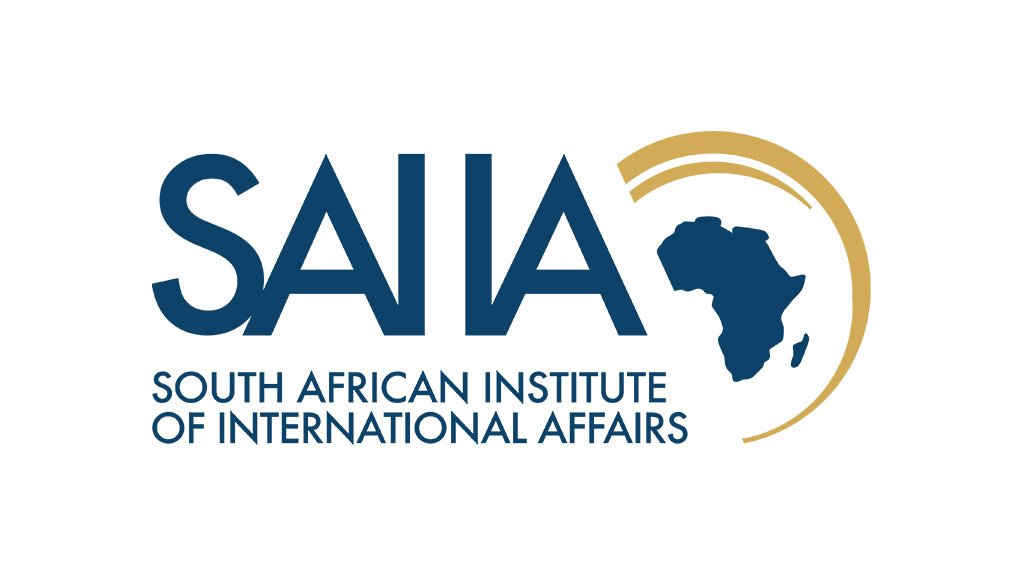Global headlines in the run-up to the 9th Brics summit were dominated by the North Korean missile crisis and the stand-off in Doklam, high in the Himalayas, in Bhutan. The former had a direct bearing on the interests of Russia and China, as they share a border with North Korea, but positioned them on the same side in calling for a de-escalation in tensions between the US and North Korea. In the case of the latter though, it pitted two Brics members, India and China, against each other.
The situation in Doklam was diffused, but it starkly highlights that while the Brics grouping is seeking to change the current global order into one that reflects their interests more clearly, there are nevertheless significant differences and rivalries within it. In advance of the summit, President Vladimir Putin noted that the Brics were about equality and consensus. The structure of the New Development Bank where each member has equal votes, rather than the weighted voting in the World Bank, reflects that. The communiques and declarations are indeed the outcome of consensus; yet, while ‘equality’ makes a compelling narrative, it masks the fact that the grouping in many ways is about China plus four.
China makes up nearly 66% of the projected Brics GDP in 2017, with India just under 14%, Brazil 12%, Russia 8.7% and South Africa 1.8%. China and the US both account for nearly 12% of global trade in goods, while the other four Brics members collectively make up just over 5%.
A new world order that moves away from US economic and security dominance will have China at its pinnacle. But the Brics as a grouping can play a key role in defining this order.
Paradoxically, the statements that both China and the Brics as a collective have made over the last year, in the wake of President Trump’s ‘America First’ pronouncements on Twitter, have affirmed their commitment to an open global economy and the advancement of global agreements such the Paris accord on climate change and Agenda 2030. Free trade has been the bedrock of unprecedented global prosperity since the creation of the World Trade Organization in 1995, although it has left many behind in both the developed and developing worlds.
The Brics, as developing countries themselves, are conscious that the costs and benefits of free trade have historically not been shared equally. The Brics need to promote fairer trade alongside free trade. The Xiamen Declaration will signal strong opposition to trade protectionism but make the point that the world economy has to be more inclusive, which implies that developing countries require adequate policy space to pursue their own development mandates.
There is also room to deepen and diversify trade within the group. Intra-Brics trade has experienced phenomenal growth, increasing nearly tenfold from the start of the millennium till 2016, currently totaling more than $500 billion annually. But structural issues such as an inequitable composition of bilateral trade and fluctuating trade flows persist. And as trade volumes increase even further, so too is the likelihood of trade disputes between the members. In the first half of this year, India overtook the US with most trade remedy investigations against China. A more systematic monitoring process for assessing Brics economic cooperation, particularly in the area of trade and investment would be useful as would identifying the bottlenecks to enhanced cooperation.
With the US turning its back on many of the norms that have evolved in the global system over recent decades, the Brics, and China in particular, seem to prefer upholding it for now. As the first Brics Summit since the election of Donald Trump in the US, it has the opportunity to clearly articulate its support for certain existing frameworks (Paris, Agenda 2030), while at the same time defining what its political credos are. These would need to extend beyond the usual platitudes of respect for sovereignty and non-interference, to recognise the complex nature of what Kaldor and Chinkin call ‘new wars’, which have shown up the weakness of international law constructed in the 19th and 20th centuries.
South Africa will chair the Brics in 2018. Peace and security have already been identified as an important component of its agenda. In particular, the challenge is to develop a South-led consensus on peacekeeping, peace-building and mediation and to understand and respond better to the current geopolitical reshaping of the landscape.
In the face of a petulant US, growing rivalry in the Indo-Pacific and the Eurasian heartland where China’s power and influence is growing, both it and the other Brics must play a constructive role in setting out a global agenda that avoids the pitfalls of 20th century great power machinations. North Korea presents an immediate test. Failing that a ‘stronger partnership for a brighter future’, the theme of the Xiamen summit, may well be the harbinger of future discord.
Written by Cyril Prinsloo, a researcher under the Economic Diplomacy Programme and Elizabeth Sidiropoulos is the Chief Executive at SAIIA. This article was first published with Valdai club.
EMAIL THIS ARTICLE SAVE THIS ARTICLE ARTICLE ENQUIRY
To subscribe email subscriptions@creamermedia.co.za or click here
To advertise email advertising@creamermedia.co.za or click here











